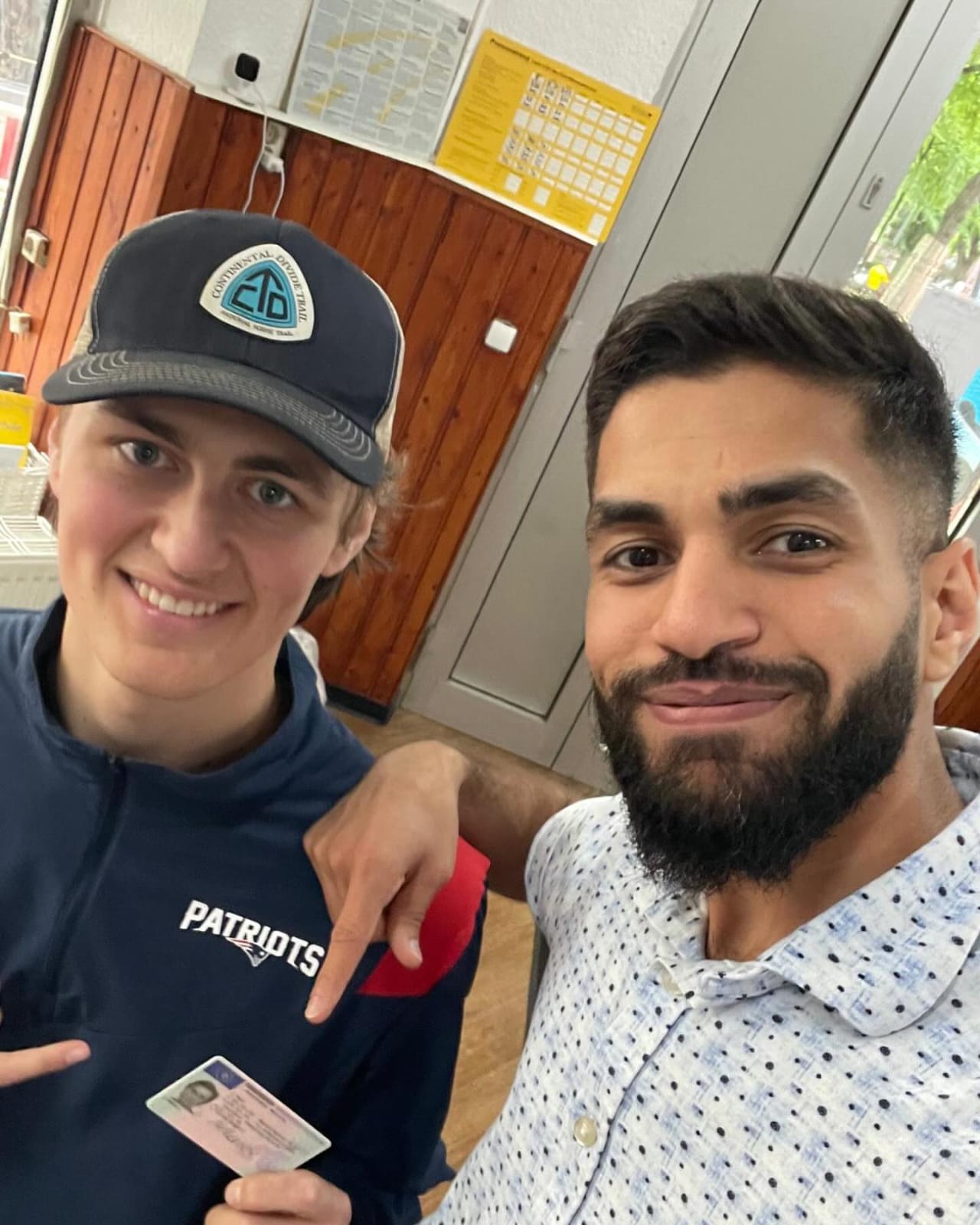Learn The Driving Licenses B Tricks The Celebs Are Utilizing
Understanding Driving Licenses: Types, Requirements, and Frequently Asked Questions
Driving is a basic aspect of modern-day life, and acquiring a driving license is a vital turning point for many individuals. This article checks out the numerous types of driving licenses available, the requirements to get them, and answers typically asked concerns connected to the topic. A well-informed point of view on driving licenses can help people comprehend the importance of choosing the proper type of license to meet their requirements.
Types of Driving Licenses
Driving licenses can differ between countries and regions, however they usually fall under several significant classifications. The following table sums up the most common kinds of driving licenses, including their purposes and common limitations.
Type of License
Description
Common Restrictions
Eligibility Age
Learner's Permit
Allows newbie drivers to practice.
Must drive with a licensed grownup.
16-18 years old
Class C License
Standard license for guest vehicles.
No constraint on variety of guests.
18 years or older
Class A License
Industrial license for large vehicles.
Must comply with more stringent regulations.
21 years or older
Class B License
For driving buses and bigger lorries.
May require special recommendations.
21 years or older
Motorcycle License
For running motorcycles.
Should wear a helmet; differs by state.
16-18 years old
International License
Allows legal driving in foreign countries.
Must have a legitimate domestic license.
18 years or older
Learner's Permit
The learner's permit is the primary step for lots of people venturing into the world of driving. kupić prawo jazdy z wysyłką enables beginner drivers to practice driving under supervised conditions, usually needing a licensed adult over a particular age to accompany them in the car.
Class C License
The Class C license is the most typically held driving license, allowing individuals to operate basic traveler cars. This license generally has less limitations compared to other classifications.
Class A and B Licenses
Class A and B licenses are required for operating commercial cars. These licenses require unique training and testing, guaranteeing that chauffeurs are geared up with the abilities required for steering larger and more intricate vehicles securely.
Bike License
People thinking about riding bikes need to obtain a motorbike license, which can require additional training and testing. Safety gear, such as helmets, is frequently mandated by law.
International License
A global driving license makes it possible for people to drive in foreign countries, however it is crucial to have a legitimate domestic driving license in combination with the worldwide authorization.
Requirements to Obtain a Driving License
The requirements for acquiring a driving license can differ significantly by jurisdiction. However, there prevail steps and criteria that most candidates will encounter. Below is a list of basic requirements:
Age Requirement:
- Minimum age varies; student's authorizations are typically released at 16, while full licenses may need candidates to be 18 or older.
Vision Test:
- Most jurisdictions require candidates to pass a vision test to ensure safe driving capabilities.
Composed Test:
- New motorists need to pass a written exam that covers traffic laws, road signs, and safe driving practices.
Driving Test:
- Practical driving tests are conducted to show an applicant's ability to run a lorry safely under numerous conditions.
Charges:
- Payment of application and screening costs is generally needed.
Evidence of Identity:
- Applicants should offer legitimate identification, such as a passport or birth certificate, in addition to evidence of residency.
Adult Consent (for minors):
- Parental or guardian approval is often required for candidates under the age of 18.
Comprehending the various kinds of driving licenses and their associated requirements is vital for anybody seeking to drive legally and securely. Each license serves a distinct purpose, catering to different driving requirements, from standard cars to business transportation and motorcycles. By fulfilling the required criteria and sticking to regulations, aspiring drivers can delight in the freedom of driving while guaranteeing their security and the security of others.
Regularly Asked Questions (FAQs)
What do I require to bring when using for a driving license?
- You generally require to offer recognition, proof of residency, and any essential application charges. Consult your local DMV or licensing authority for specific requirements.
The length of time does it take to get a driving license?
- The timeline can differ based upon individual scenarios, such as how quickly one can finish the required tests, and whether there is a backlog at the licensing authority.
Can I drive with a learner's permit?
- Yes, but you must be accompanied by a licensed motorist and comply with restrictions set by your regional laws.
What takes place if I stop working the driving test?
- You generally have the choice to retake the test after a designated waiting period, which differs by jurisdiction.
Is it required to take a driving course?
- While not always compulsory, taking a motorist's education course can be helpful and is typically required for individuals looking for a learner's license.
By being notified about the types of licenses offered, the requirements essential for getting one, and the related policies, prospective motorists can navigate the process of obtaining a driving license with confidence.
